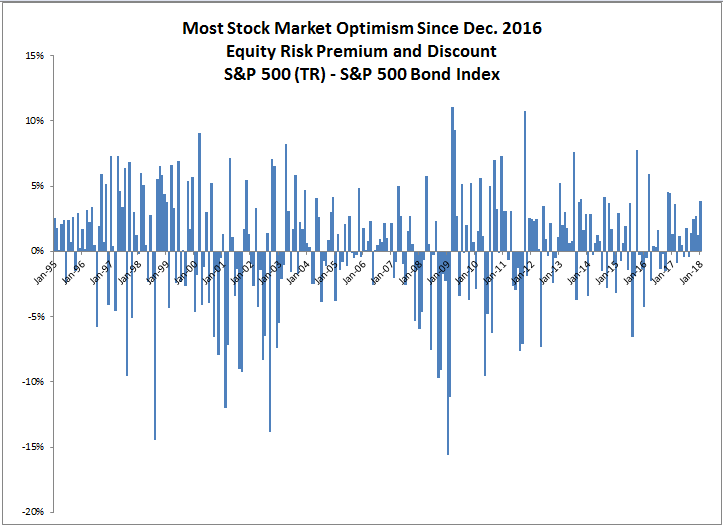The three pillars of conventional retirement income are social security retirement benefits, pensions from employment, and personal savings. There are, however, other potential sources of retirement income that are not mentioned often enough. These include (a) the cash value of one’s whole life insurance policy, (b) the home equity value of one’s residence, and (c) the pre-funded nature of the long-term care insurance policy.
Let’s dig a bit deeper into the nontraditional sources noted above.
(a) The premium for a whole life insurance policy is generally much higher than that of a term life insurance policy. Hence many tend to shy away from purchasing the whole life insurance. However, the premium paid for a whole life policy can be viewed as consisting of a premium for an equivalent term life policy plus a contribution to an investment account maintained for the insured by the insurance company. The balance in this investment account is known as the cash value of the whole life insurance policy. As time passes, if one is still alive, this cash value will also grow, due to the fact that new premiums are adding to the account balance and the entire balance is increasing at a rate tied to the performance of the insurance company’s general account.
When the insured individual gets older, say age 75, if the objective of protection is no longer an issue, the insured has the option to surrender his policy and tap into the cash value as a source of income.
(b) The home equity value of one’s residence can also be accessed by using the property as collateral for either a home equity loan or a reverse mortgage. The advantage of this type of secured borrowing is that one can continue to stay in one’s residence without resorting to a sale.
(c) The last source, the long-term care insurance policy, is intended to provide funding for healthcare-related expenses, which can be expected to be ever-present in old age. A long-term care policy, purchased when one is younger, behaves as if it’s prefunding one’s late-life healthcare expenses on a level-payment basis. In this way, even though it is a non-cash source of income, since it takes care of the healthcare-related expenses when they’re incurred, it can be thought of as a cash item. Typically, for the long-term care policy to be activated, a doctor’s approval is required by the insurance company, and the insurance company would reimburse the healthcare providers directly.
For one to feel secure in retirement, monthly cash incomes are needed to take care of both the core expenses and discretionary ones (such as for travel and entertainment). What has often been overlooked are the benefits from the unconventional sources, both as additional sources of cash (for example, from one’s cash value account or home equity loans) or as indirect non-cash contributions (such as the expenses covered by one’s long-term insurance). These additional sources of support need to be taken into account in one’s financial life planning as well.
The posts on this blog are opinions, not advice. Please read our Disclaimers.












